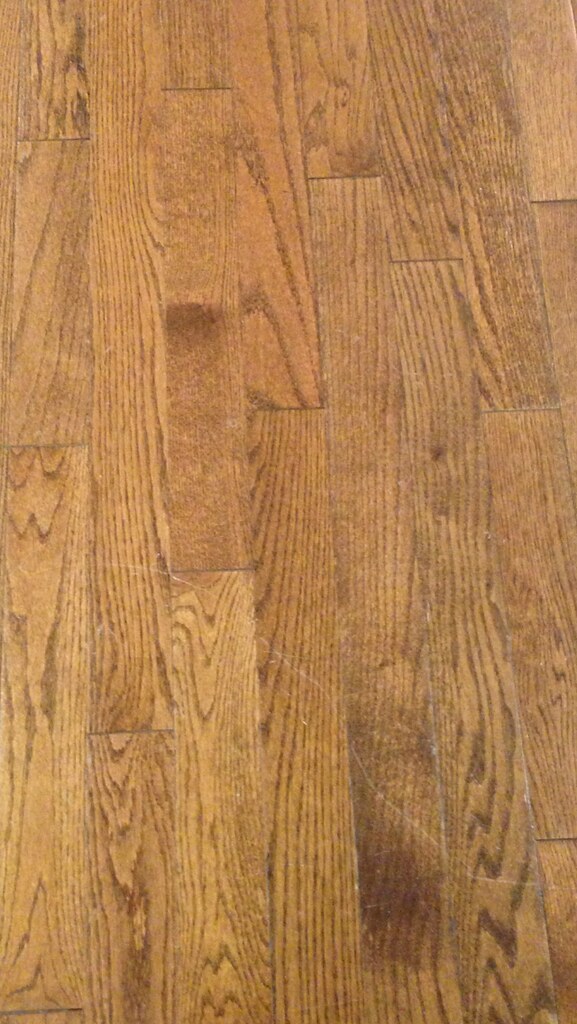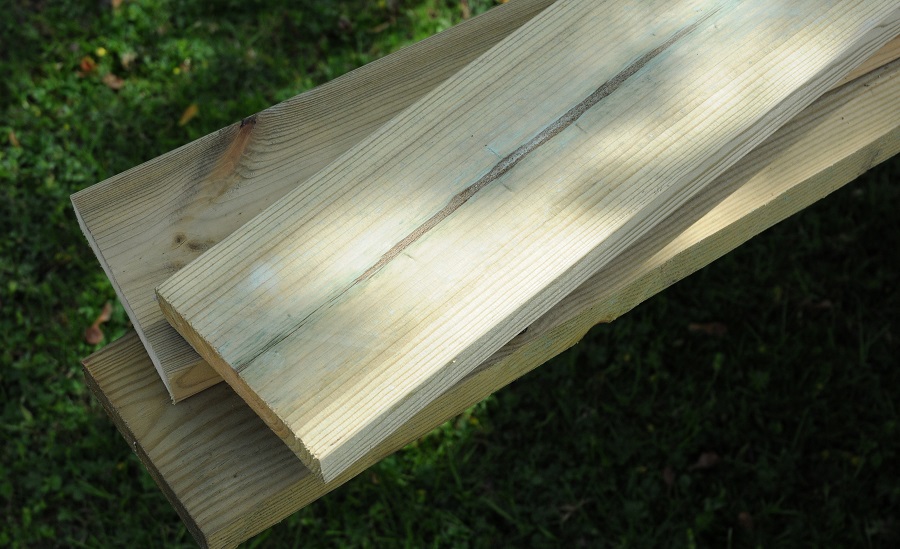Pressure treated wood can be seen in different furniture items and applications. They are everywhere – from framing studs, patio flooring, tables, and chairs. Because of the fact that pressure treated wood looks the same as actual wood, some conclude that it is safe to burn. Perhaps you also have an old furniture item that is made out of pressure treated wood somewhere in your home. Can you burn pressure treated wood? You may ask yourself. Even though the process of burning pressure treated wood may not result in immediate harm, it may not really be a good idea. Let’s see why.
Pressure Treated Wood – What Is it?
This type of wood refers to any kind of wood that has gone through a process of preservation. The process typically involves using pressurized chemicals. For example, after lumber from a tree is harvested, it is cut into several sections, then placing the lumber inside a vacuum chamber that is negatively pressured. There, the wood is being exposed to chemicals. Even though there are various kinds of vacuum chambers that are used in producing pressure treated wood, most of them work by removing air from the wood and injecting preservative chemicals into the wood.
What a vacuum chamber does isremoves the air that is found inside the wood, replacing it with insecticide, fungicide, as well as other chemicals. This results in wood that is pressure treated, one that can withstand time. Most varieties of wood may be pressure treated, whether they are softwood or hardwood.
Advantages of Pressure Treating Wood
There are a number of reasons why many companies opt for pressure treatment of wood. For one, pressure treated wood naturally lasts longer compared to traditional wood. Most wood types, with the exception of redwood, cedar, and other rare varieties, are prone to insect damage and decay. Termites, as well as other insects, can be destructive. Other problems also include rot-causing fungi, as well as those that eat the cellulose parts of the wood. These problems are avoided by pressure treating wood because they are exposed to chemicals that prevent decay and deters insects.
Can you burn pressure-treated wood?

Simply put, burning pressure treated wood is not safe. True, they may look like wood, but unlike real wood, they are not safe to burn. When pressure treated wood is burned, it releases a whole lot of pollutants and harmful chemicals in the air, with some of them may be traveling into your lungs.
Among the most common kinds of pressure treated wood is the so-called chromate copper arsenate (CCA). They were invented originally in the 1930s, with a solution that is composed of arsenic, copper, and chromium. The process of burning this type of pressure treated wood was presented as a concern in 2002, and as a result, the EPA started to restrict using chromate copper arsenate for residential construction.
One reason is that pressure treated wood may result in illness. For this reason, the use of chromated copper arsenate is only limited to applications involving commercial construction. Still, many consumer products and homes, particularly those that were built before the year 2002, use CCA wood. This means that burning pressure treated wood using CCA will expose your family to the release of toxic chemicals such as chromium, arsenic, and copper.
Even though pressure-treated wood may not have chromated copper arsenate, it still has hazardous fungi chemicals, and insecticides. Other pressure treated wood may also contain a different formula, the Ammoniacal Copper Zinc Arsenate (ACZA), which consists of arsenic, zinc, and copper in order to protect wood against fungi and pests. Still, ACZA can be harmful when exposed to the process of burning. Exposure to this formula can increase the possibility of chronic respiratory diseases.
It is usually challenging to identify between pressure treated and standard wood. CCA treated wood, on the other hand, can be identified by recognizing its unique greenish line, since the chemicals used typically to produce a green hue. Other kinds of pressure treated wood usually do not have visible features, making them almost impossible to recognize without having a sample sent and identified at a laboratory for chemical analysis.
Burn Safe Wood
Now you know the answer to the question – can you burn pressure treated wood? If you are searching for a convenient method to getting more firewood, you may want to use the safe ones. There are those that are completely safe for cooking and burning. Aside from the fact that they are safe, they also produce better fire good quality of fire, even better than what is produced by pressure treated wood.
Good wood is one that does not use chemicals, making the wood burn brighter, easier to light, and even hotter while smoking less. For your sake and that of your family, make sure that you only burn wood that is not pressure treated. If possible, you can use wood that you have personally harvested from a reliable vendor. This will allow you to completely enjoy the beauty and warmth of a real fire without having to worry about potentially toxic fumes that could harm your health.
